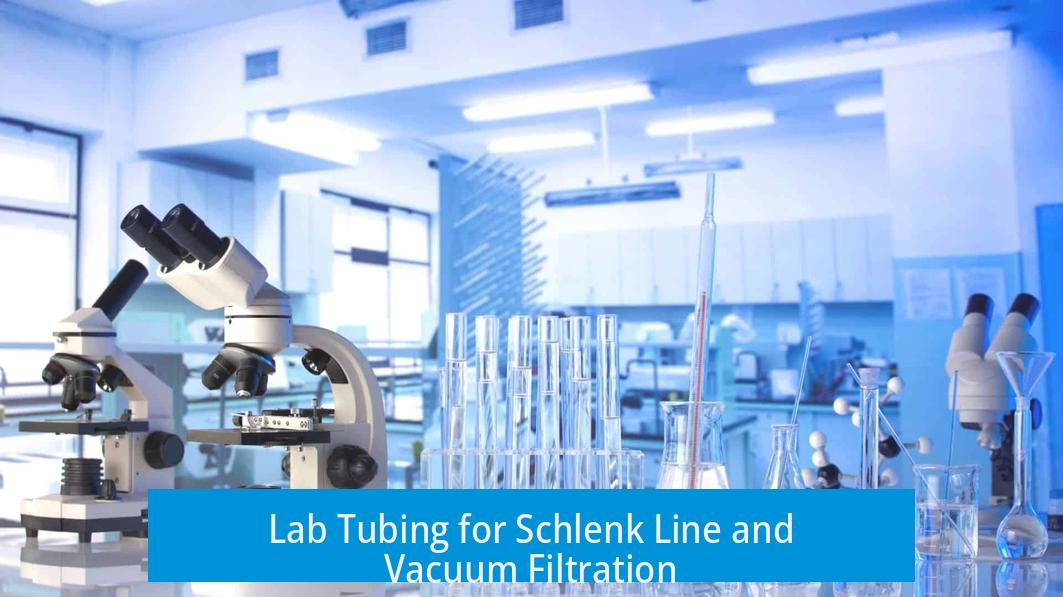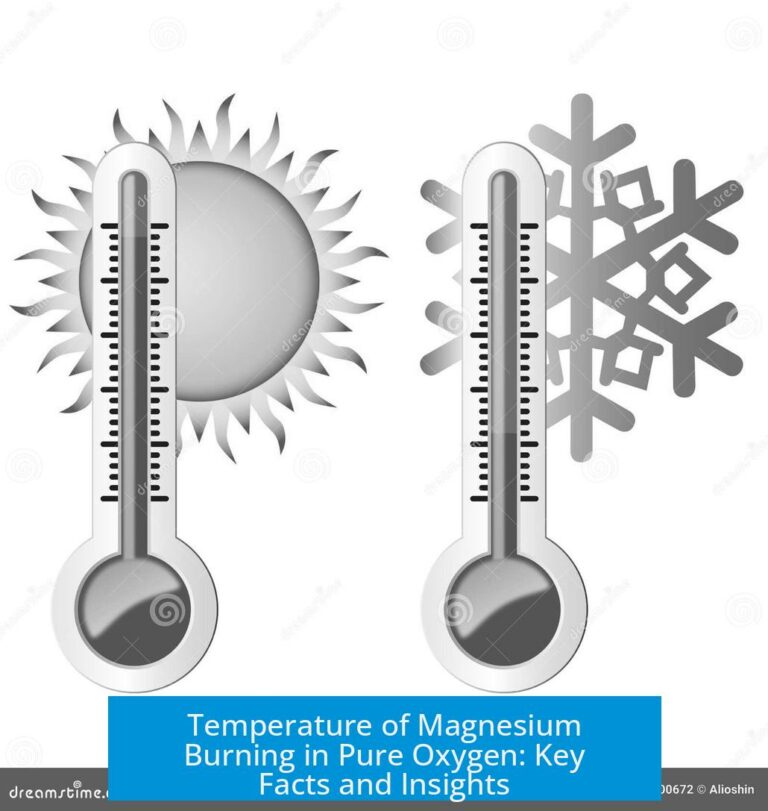Lab Tubing for Schlenk Line and Vacuum Filtration

Appropriate lab tubing for Schlenk lines and vacuum filtration must resist collapse under reduced pressure while maintaining chemical compatibility and durability. Selecting tubing with adequate wall thickness and suitable material is essential to ensure safe and efficient operation.
Types of Suitable Tubing
- Silicone Tubing: Silicone tubing generally performs well under vacuum conditions if the tubing wall is thick enough to avoid collapse. It provides good flexibility and chemical resistance but requires careful attention to wall thickness to maintain integrity.
- Nalgene Non-Phthalate PVC Vacuum Tubing: This tubing offers a chemically resistant, cost-effective option commercially available through suppliers such as Thomas Scientific. It suits many vacuum filtration setups.
- Vacuubrand Tubing: Used often with rotavap systems like those from Heidolph, Vacuubrand tubing is known for compatibility with vacuum applications. It’s advisable to consult the manufacturer for specific product recommendations to match your system.
- Tygon Tubing (Saint-Gobain): Tygon tubing is regarded as highly durable and nearly indestructible under medium vacuum. Its standard for vacuum tubing demands a wall thickness of 2-3 mm to perform reliably without collapsing.
Technical Considerations
| Factor | Requirement | Explanation |
|---|---|---|
| Wall Thickness | 2-3 mm minimum | Prevent tubing collapse under vacuum pressure |
| Durability | High in medium vacuum | Resists wear and tear during routine lab use |
| Chemical Resistance | Material compatible with solvents | Ensures tubing longevity and safe operation |
Recommendations for Use
- Always verify the tubing wall thickness meets minimum vacuum specifications to avoid collapse during operations.
- Tygon tubing is particularly suited to applications requiring medium vacuum resistance and mechanical durability.
- Silicone tubing is flexible but needs sufficiently thick walls when used in vacuum setups.
- Inquire with suppliers such as Vacuubrand or Heidolph for tubing tailored to specific vacuum equipment for optimal performance.
Key Takeaways
- Choose tubing with a wall thickness of 2-3 mm to withstand vacuum pressures safely.
- Tygon tubing is highly durable and a common choice for medium vacuum labs.
- Silicone tubing can be effective but requires thick walls to prevent collapse.
- Nalgene non-phthalate PVC tubing offers a chemically resistant, vacuum-compatible option.
- Consult equipment suppliers for tubing recommendations matched to your apparatus.
What types of tubing are recommended for Schlenk line vacuum applications?
Silicone, Nalgene Non-Phthalate PVC, Vacuubrand, and Tygon tubing work well. Each can handle vacuum if chosen correctly.
Why is wall thickness important in vacuum tubing?
Wall thickness keeps tubing from collapsing under vacuum pressure. Aim for 2-3 mm thickness for a reliable fit.
Is Tygon tubing suitable for vacuum filtration?
Yes, Tygon is very durable and ideal for medium vacuum use. It resists damage and lasts longer.
Where can I find Vacuubrand tubing used with Heidolph rotavaps?
Vacuubrand tubing can be found on their official website or by contacting them directly for parts compatible with Heidolph equipment.
Can silicone tubing handle Schlenk line vacuum pressures?
Most silicone tubing works fine, but ensure the walls are thick enough to avoid collapsing during filtration or vacuum use.





Leave a Comment